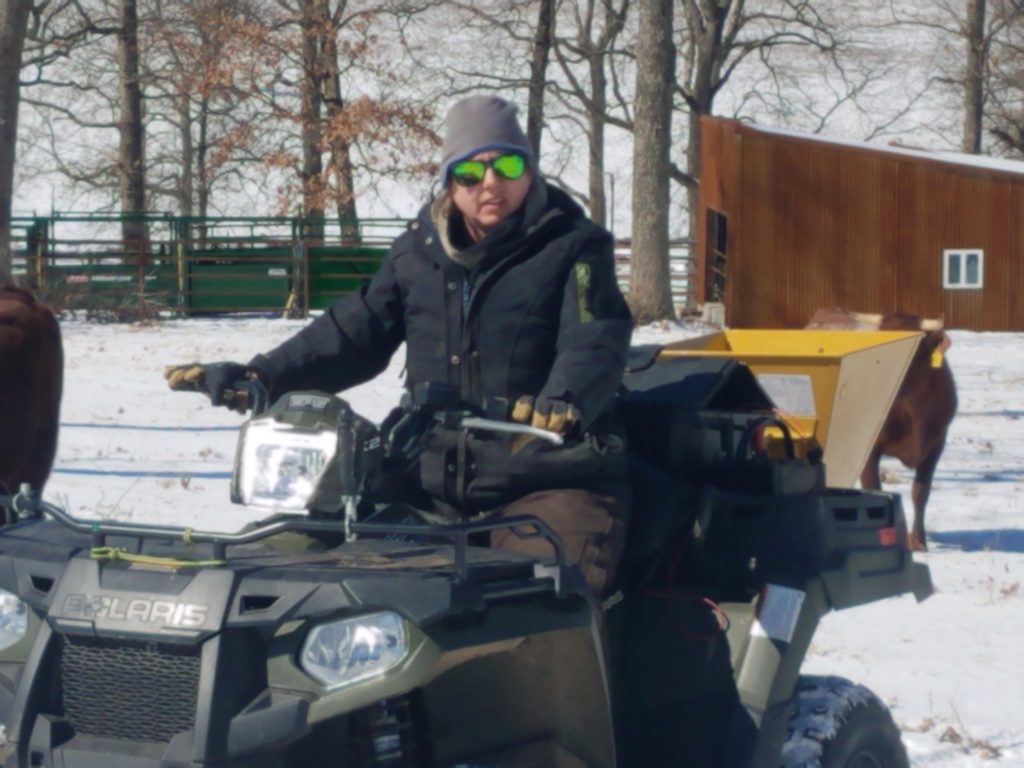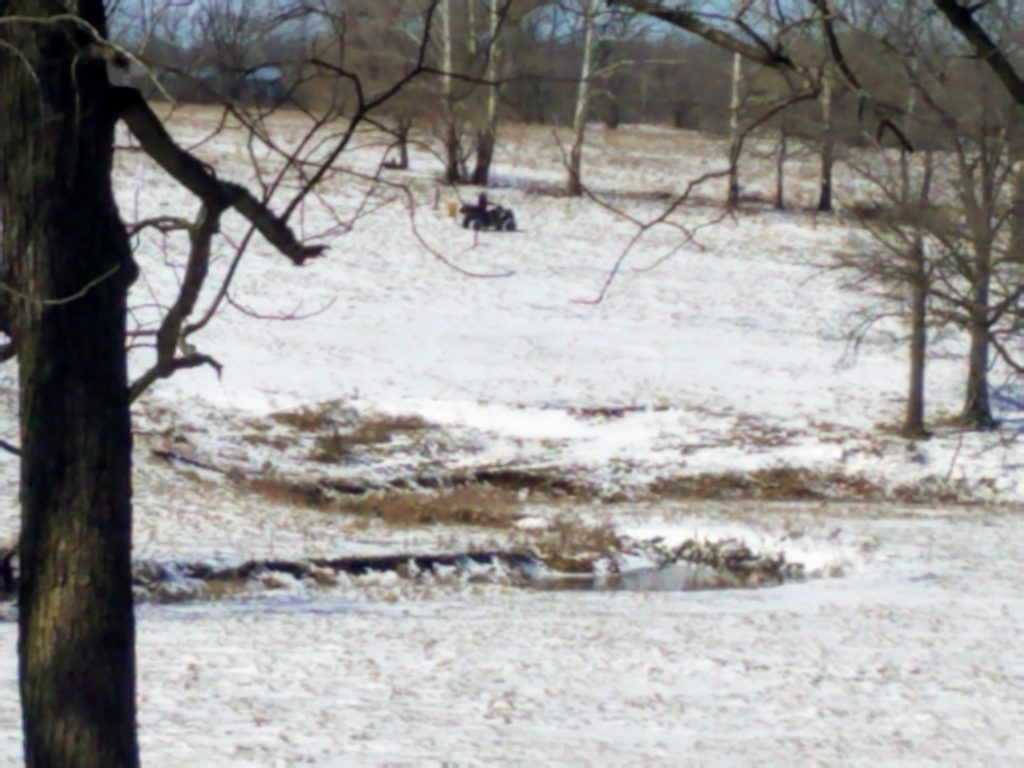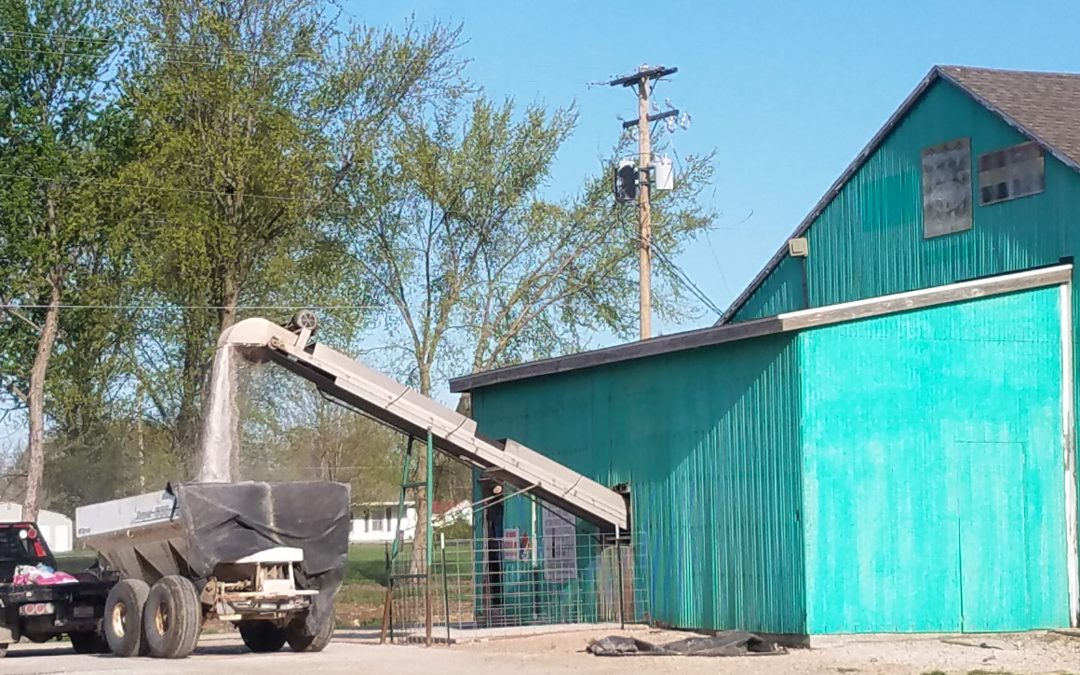Spring has finally arrived! Flowers are blooming and the tress are budding. Timing is critical now for our clean up and planting of clover. This is also the time to add nitrogen to your pasture. Our neighbors wait in line to get a buggy and purchase commercial fertilizer. The component of this this fertilizer is N (nitrogen) that comes from two sources, organic or non-organic.The commercial fertilizer is the non-organic that is derived from natural gas converted to ammonia. Applied at a rate of approximately one hundred pounds per acre it takes a huge quantity of product to cover the acreage you have. The nitrogen makes the grass to grow so fast and abundant it does not have the nutritional components needed by the cattle. So there is a solution for this too supply your cattle with a bunch of magnesium for the fast growth period so they do not get grass tetany that can be fatal. This is the standard “farm practice” the “norm” for large volume beef or dairy cattlemen. In my opinion just give your kids the pink stuff before taking them to a movie so the can eat all the popcorn and goodies they want and hopefully they will be OK when done.
Now organic N. There are several plants that produce nitrogen. One of them is clover. We selected two types to give two different growing seasons and plant growth/ type. One red another white. We had a perfect snow storm and Sherri bundled up and loaded the hopper on the ATV and planted our clover mix. The tracks in the snow helped her to know where she had been. The clover adds nitrogen to the soil and makes the cows happy with a sweet treat for their dining pleasure. Next year we will add a different nitrogen producing plant to the buffet in the pasture. Our cows are not eating grass exposed to natural gas by- products and the grass tetany goes down.
The down side to our approach is you can not spray herbicides to control thistle or other noxious weeds. The herbicide kills all you nitrogen fixing plants. (Sounds like a topic for a future post) They are also a short term plant, every 3-5 years you need to replant to keep them thriving. The cost of seed is less than the cost of the chemical nitrogen so in our opinion planting specialty plants to do a specific job is better for the land, the cattle and us.

Bundled up, ready to ride 
Planting

